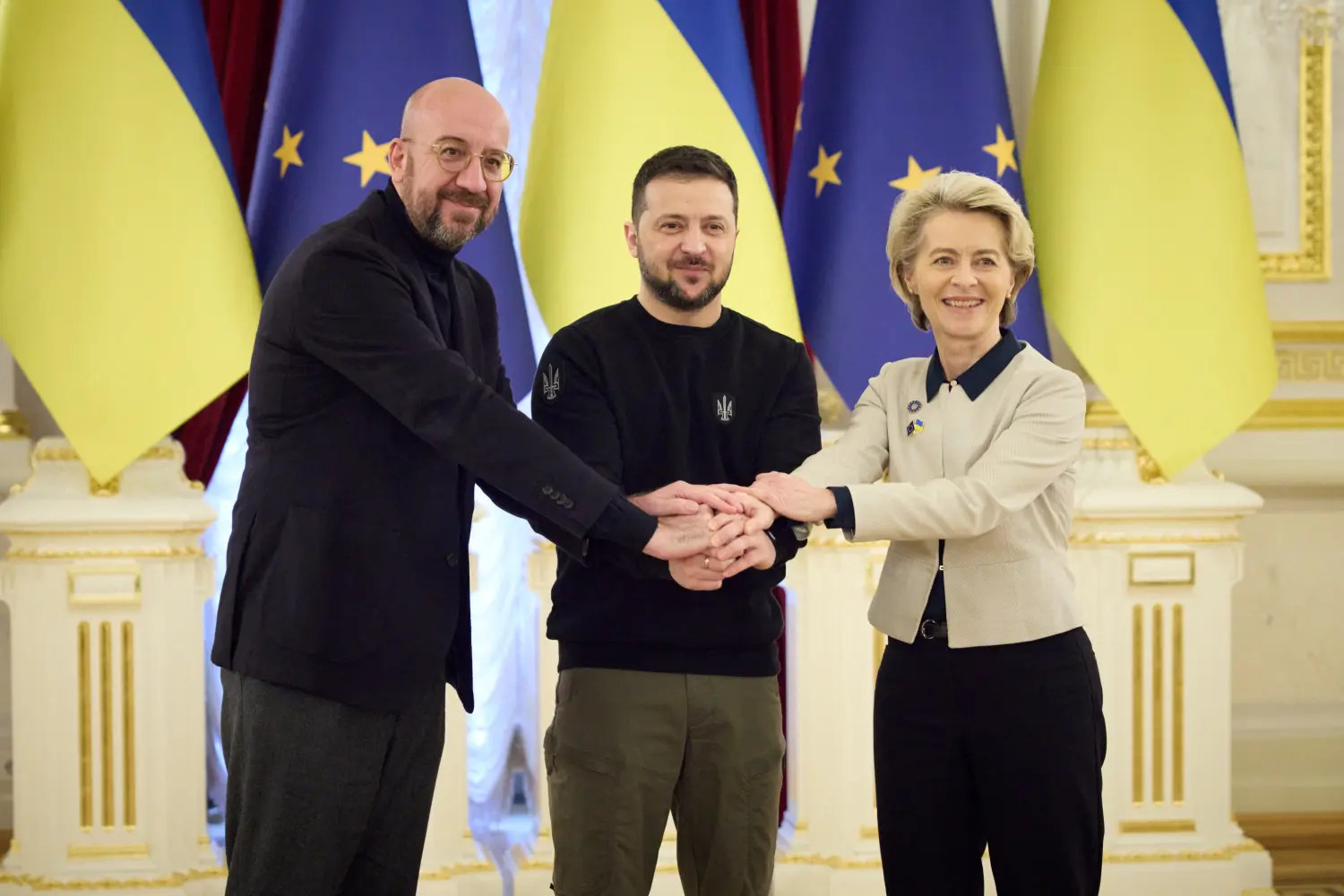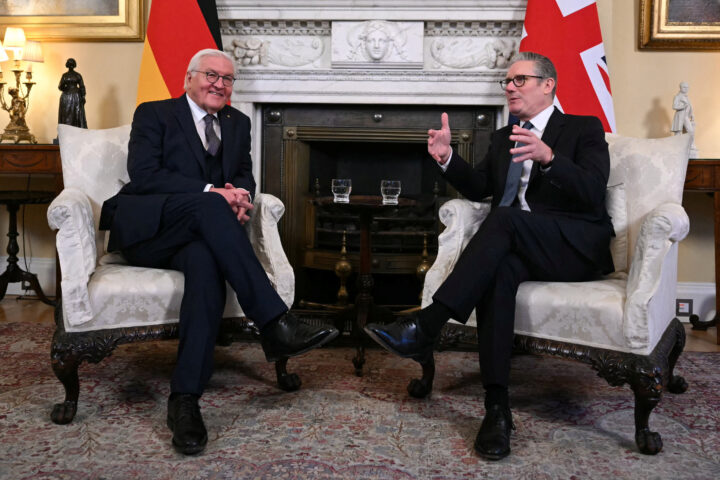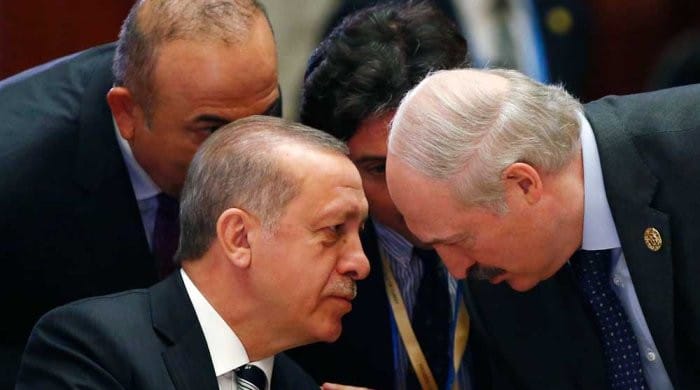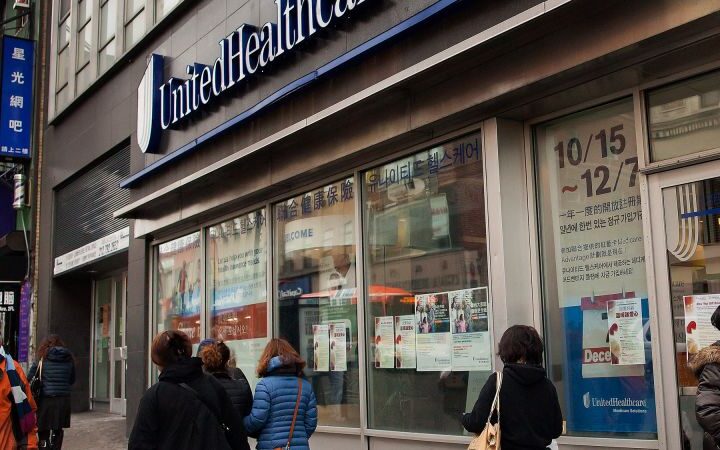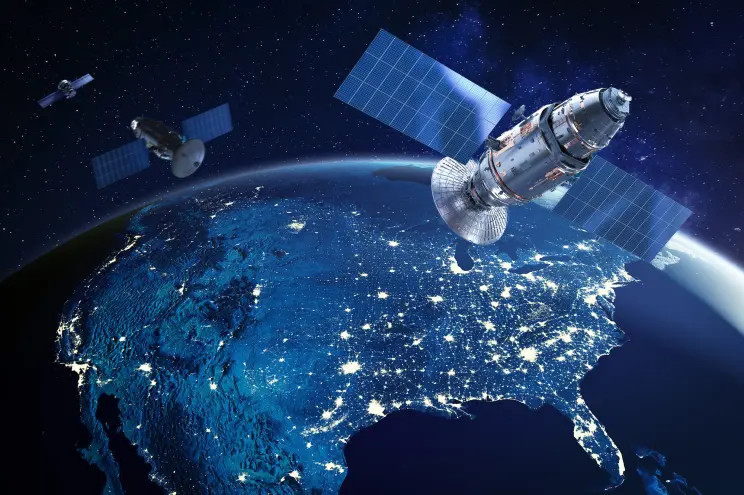On October 13, 2025, a new trade agreement between Ukraine and the European Union marked a strategic milestone for Brussels, extending far beyond economic considerations. The deal replaces the temporary “trade visa-free” system with a controlled regulatory framework, allowing the EU to manage Ukrainian imports without destabilizing domestic prices or undermining farmers in Poland, Hungary, or Romania. Ukraine is positioned not as a competitor but as an integrated partner adhering to European standards for animal welfare, food quality, and environmental safety.
Restoring Market Control and Economic Resilience
The EU gains key advantages through the new agreement by regaining regulatory oversight of its internal market. Previously, the temporary “trade visa-free” arrangement risked price distortions in sensitive sectors, prompting farmer protests and political tension in certain member states. The new framework provides effective safeguards to quickly respond to import surges, enhancing economic resilience, reducing inflationary pressure, and ensuring stability for producers. Economic security thus becomes a cornerstone for broader political equilibrium within the Union.
Strengthening Regulatory Standards and Competitive Balance
A core component of the agreement ensures long-term competitiveness for European businesses. By harmonizing regulations, Ukrainian exporters must meet EU requirements, including rigorous food safety standards, livestock management, and pesticide use, which require substantial investment. This levels the playing field and prevents market dumping that could threaten small farms in Central Europe. In this way, the EU converts market competition into a tool for exporting its standards, extending regulatory influence eastward without direct political pressure.
Diversifying Supply Chains and Securing Strategic Resources
The deal also provides the EU with a geoeconomic advantage through supply chain diversification. Ukraine becomes a predictable source of strategic commodities such as grain, feed, oil, and bioenergy, reducing reliance on distant and volatile markets. This predictability stabilizes internal prices, lowers transportation costs, and allows for rapid adjustment in response to global crises or trade conflicts. Enhanced structural flexibility strengthens Europe’s autonomy in the global economy.
Geopolitical Significance and Security Buffer
Beyond economics, the agreement transforms integration into a mechanism for regional security. Supporting Ukraine as a stable trade partner simultaneously fortifies the EU’s eastern perimeter, creating a buffer against political risks and limiting opportunities for Russian interference. The accord sends a clear message of unity and strength, countering both information and diplomatic campaigns from Moscow. The EU demonstrates its capacity to foster stability not only within its borders but also across its extended neighborhood.
Symbol of European Cohesion Amid External Pressure
Amid ongoing Russian attempts to sow distrust and division in Europe, the Ukraine deal underscores the viability of the European project. It confirms the EU’s ability to act cohesively even on issues that historically provoke disputes between Northern and Eastern member states. The agreement is not merely an economic instrument but a symbolic affirmation that the Union can protect its interests while maintaining partnerships. Integrate with control and support with unity—this approach represents the EU’s most effective response to Moscow’s efforts to fracture the European community.
Ukraine, in becoming a regulated and reliable trade partner, strengthens the EU’s internal cohesion and reinforces a strategic framework that counters external destabilization, blending economic foresight with geopolitical prudence.
